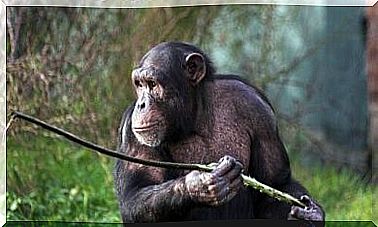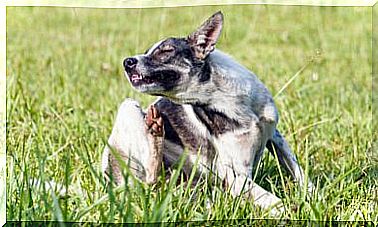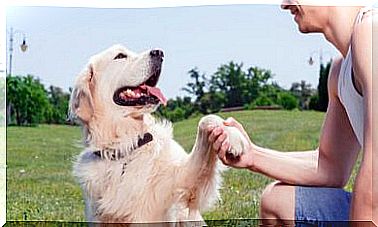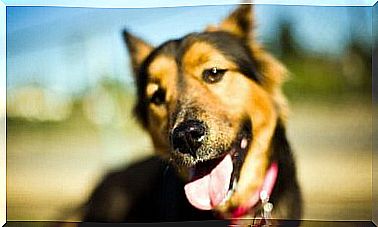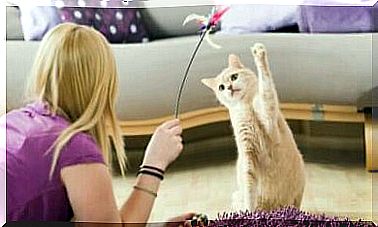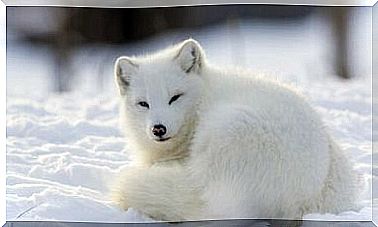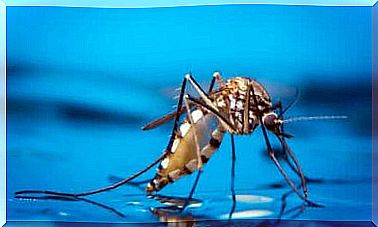Does The Dog Really See The Same Thing As You?

We have heard many times that the dog sees in black and white. This way is not correct. It is true that the dog perceives fewer colors than humans, but sees much better in the dark.
His eyesight is different from ours, it is more specialized and adapted to inadequate lighting conditions. The dog sees less sharply and less colors than we do. His eyesight is adapted to his environment and the needs of his species.
The dog sees better in the dark
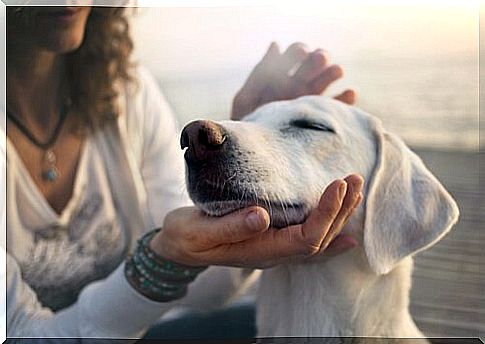
The Canoidea genus – canine-like creatures – have a greater ability to see in the dark than humans. This vision enables them to hunt more efficiently at night.
Let us remember that the cat has an even more developed night vision than the dog. Their nocturnal art of hunting is widely known. A cat jumping from roof to roof at night is a classic image. This is only possible thanks to their high degree of vision in poorly lit environments.
Colors the dog sees
The dog’s chromatic spectrum is more reduced than that of humans. The ability to see colors is less of a vital element in a dog’s life.
We humans have three different types of color receptors in our eyes. Each of them specializes in capturing the three primary colors (red, yellow and blue). The combination of these enables the construction of the complete chromatic spectrum.
It is true that dogs not only see black and white, but they see fewer colors than humans. The dog’s eye only has two types of receptors, which is why it cannot reproduce the full range of color tones that the human eye can.
The dog can distinguish between blue and red, or blue and green, but cannot see the difference between red and green, for example. So it happens, for example, that when we see green plants, our four-legged friend is more likely to perceive them as yellowish.
A dog’s eyesight can be compared to that of a color-blind person who cannot distinguish between red and green tones. If we throw a red ball into the green field for the dog, it will be very difficult for him to find the ball again, because the ball and field are the same color for him. But the dog sees very well at night because his ancestors used to hunt at this time of the day.
The dog has a very wide field of vision
In terms of his field of vision, this is much wider than that of humans. He can see up to 250 degrees around, while we can get up to 180 degrees at most. The positioning of the eyes in the head determines the degree of peripheral vision and the amount of field of view that can be seen by both eyes at the same time (known as binocular vision). This is necessary to correctly measure distances.
Visual evolution and change
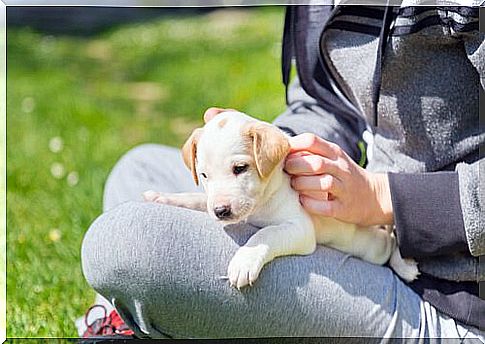
The eyes of cats and dogs have evolved over the centuries, going through the changes typical of night hunters. Under the retina they have a special structure called “tapetum lucidum”. This works like a mirror, it is a reflective layer that increases the ability to see in dim light. This structure is responsible for the “glowing eyes” you see when an animal looks into the headlights or the flash of the camera.
The cornea is the strongest optical structure in dogs and cats. The lens is not as important to them as it is to humans. This is why dogs and cats do not need an artificial lens when removing cataracts. You will have sufficient eyesight without the help of such a lens.
It is also true that dogs and cats have a significant increase in hearing and smell when they are in familiar surroundings. In this way, you can easily compensate, even if you have limited visual perception. So you compensate for a lack of vision with other senses.

